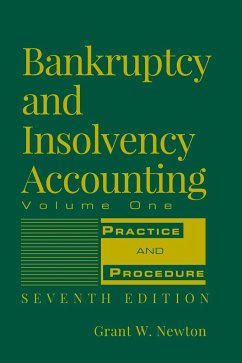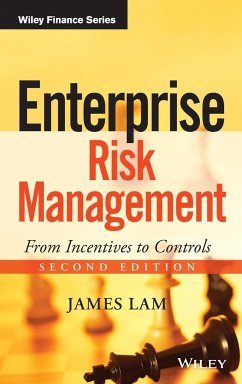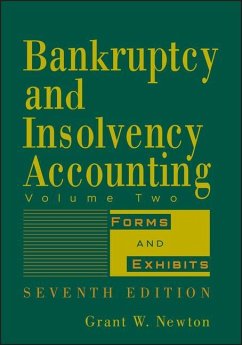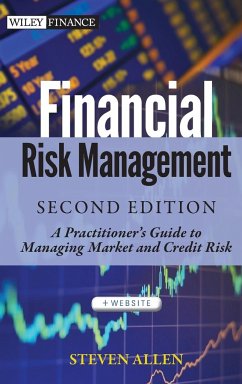
Bankruptcy Credit Risk and High Yield
Versandkostenfrei!
Versandfertig in über 4 Wochen
99,99 €
inkl. MwSt.

PAYBACK Punkte
50 °P sammeln!
This is the authoritative collection of the writings of Dr. Edward I. Altman, the world's leading authority on bankruptcy, corporate distress, and defaults, and creator of the widely-used Z-Score model. This book contains both classic and never-before-published articles, along with Altman's comprehensive introduction that places all the articles in context. The four major and related themes explored here are: * Distress Prediction Models. * Credit Risk Management. * High Yield "Junk" Bonds and Distressed Securities. * Bankruptcy and Firm Valuation. These articles span more than 30 years of con...
This is the authoritative collection of the writings of Dr. Edward I. Altman, the world's leading authority on bankruptcy, corporate distress, and defaults, and creator of the widely-used Z-Score model. This book contains both classic and never-before-published articles, along with Altman's comprehensive introduction that places all the articles in context. The four major and related themes explored here are: * Distress Prediction Models. * Credit Risk Management. * High Yield "Junk" Bonds and Distressed Securities. * Bankruptcy and Firm Valuation. These articles span more than 30 years of contributions to scholarly and professional publications and for government regulatory and policy considerations. Altman's pioneering works have formed the basis for modern credit risk management procedures and policies by practitioners and regulators, and have motivated and guided works from other scholars around the globe.












